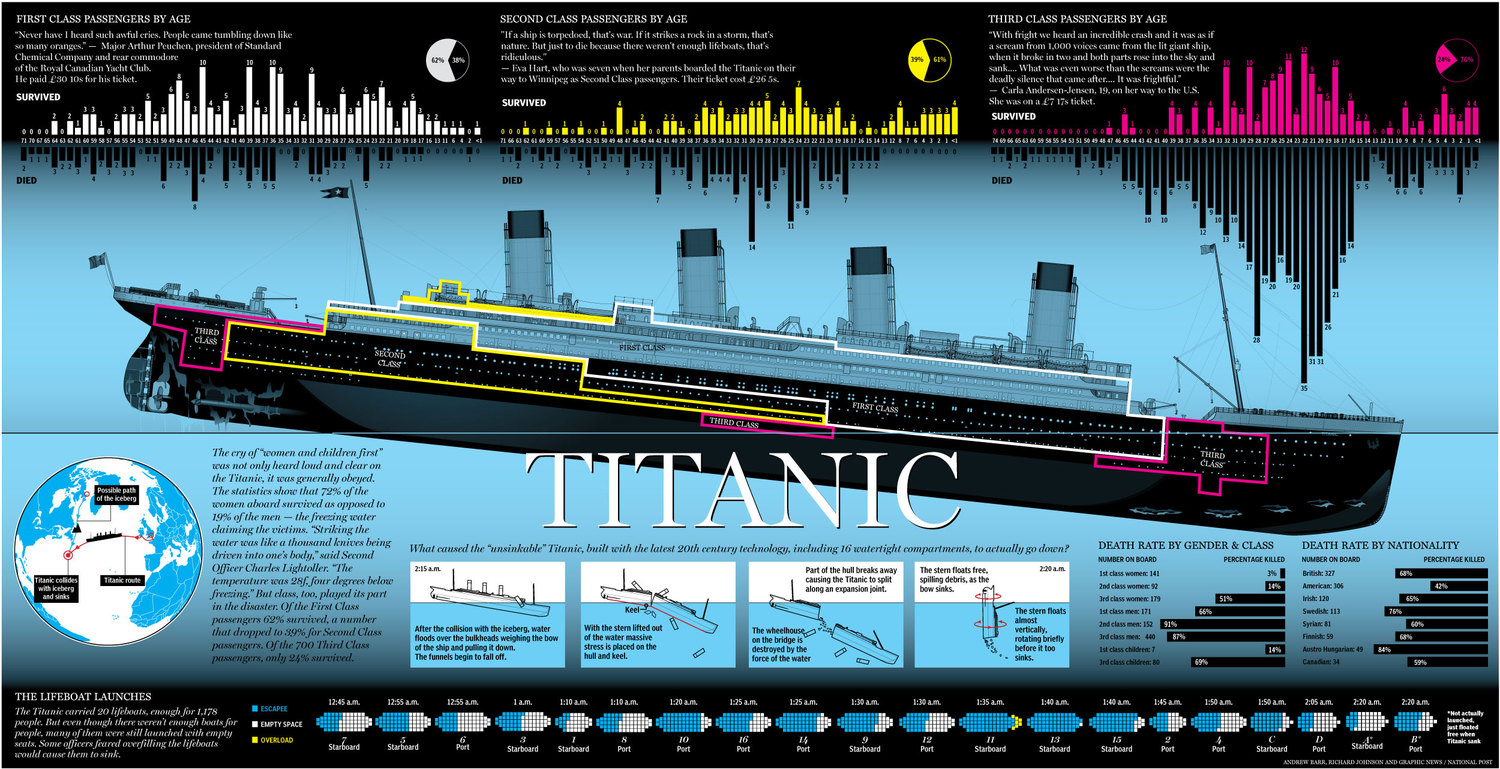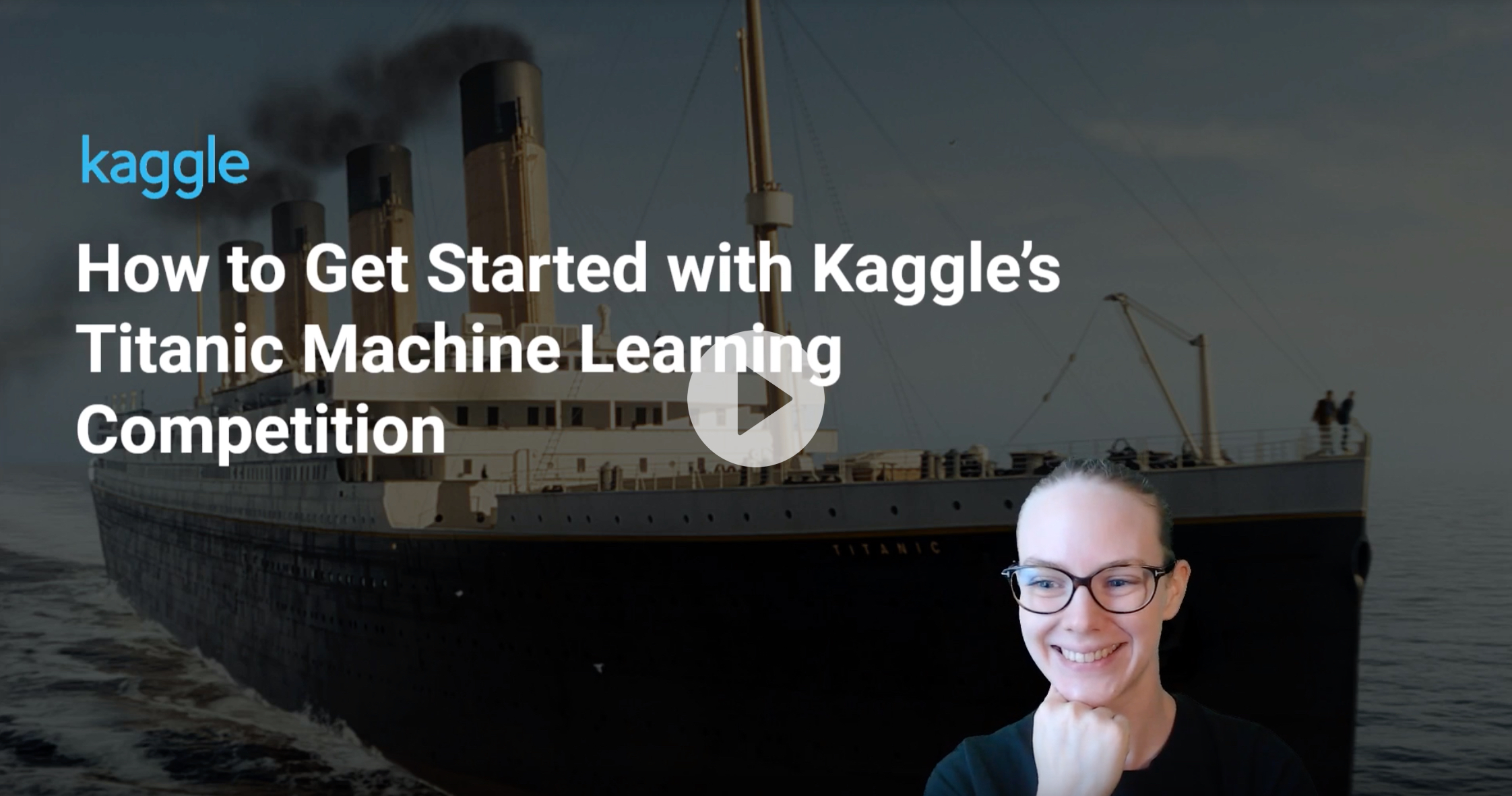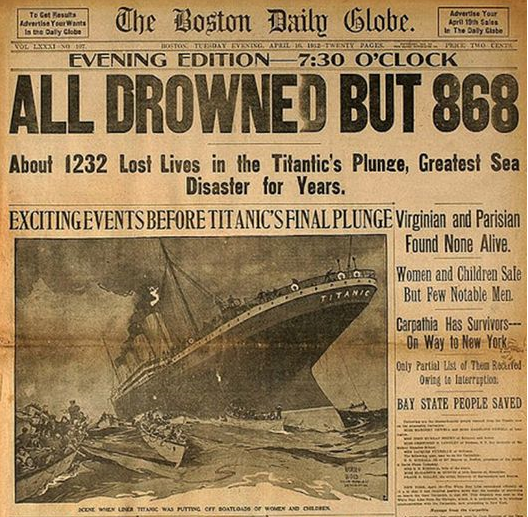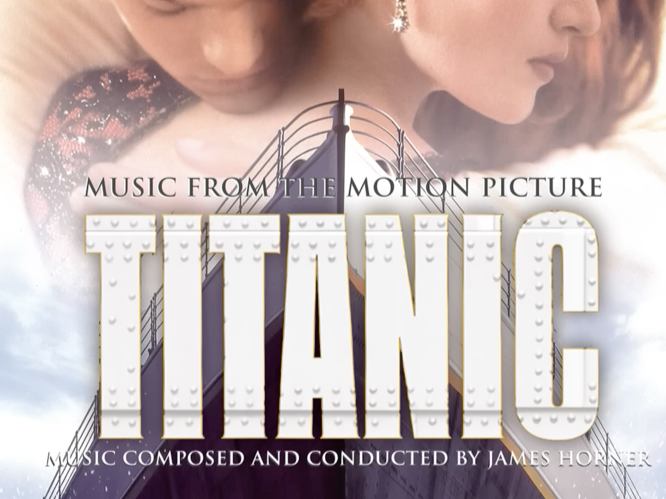Titanic Machine Learning From Disaster

Imagine stepping back in time, not to the glittering decks of the Titanic, but to a modern-day competition. Brilliant minds, fueled by data and algorithms, are grappling with a digital echo of that fateful night. They aren't trying to change history, but rather, to understand it through the lens of machine learning.
At its heart, the "Titanic: Machine Learning from Disaster" competition on Kaggle, a popular platform for data science challenges, tasks participants with a seemingly simple goal: predict passenger survival based on available data. This isn't just an academic exercise; it's a poignant reminder of human stories intertwined with statistical probabilities and the power of data analysis.
The dataset, meticulously compiled from historical records, includes information about passengers such as age, sex, ticket class, fare, and number of siblings/spouses aboard. While seemingly straightforward, the challenge lies in teasing out the complex relationships between these variables and their influence on survival rates. This requires a careful blend of statistical insight, programming skill, and a touch of empathy for the individuals represented by each data point.
The competition itself has become a rite of passage for aspiring data scientists. Many online courses and bootcamps use the Titanic dataset as a foundational project. It provides a gentle introduction to key machine learning concepts like feature engineering, model selection, and evaluation metrics. Participants can experiment with different algorithms, such as logistic regression, decision trees, and random forests, to find the most accurate predictive model.
Beyond the technical skills, the Titanic competition offers valuable lessons in data ethics and responsible AI. It underscores the importance of considering biases in data and the potential for algorithms to perpetuate existing inequalities. For example, the data clearly shows that women and children had a higher survival rate, reflecting the "women and children first" protocol followed during the evacuation.
However, blindly applying this observation without critical thought can lead to problematic outcomes. The challenge lies in creating models that are both accurate and fair, avoiding the unintended reinforcement of harmful stereotypes.
Kaggle provides a collaborative environment where participants can share their code, insights, and feedback. This open-source approach fosters learning and innovation, allowing individuals to build upon each other's work and collectively improve the accuracy and fairness of their models.
"The Titanic competition is a great example of how data science can be used to explore historical events and gain a deeper understanding of the factors that influenced them," says Dr. Emily Carter, a data science professor at Stanford University, "It also highlights the ethical considerations that are crucial in any data analysis project."
The enduring appeal of the Titanic competition lies in its ability to connect abstract algorithms with a tangible human tragedy. It’s a reminder that behind every data point lies a story, and that responsible data science requires both technical expertise and a deep sense of human empathy. The competition isn’t about winning; it's about learning, sharing, and using data to illuminate the past and inform the future.
The Titanic dataset continues to be a valuable resource for researchers and educators alike. Its accessibility and compelling narrative make it an ideal starting point for anyone interested in exploring the power and potential of machine learning. It’s a digital memorial, of sorts, allowing us to learn from the past and build a more equitable future, one algorithm at a time.

![Titanic Machine Learning From Disaster [Kaggle]Titanic - Machine Learning from Disaster](https://velog.velcdn.com/images/jinseock95/post/9a383e9a-f05a-4cc1-b14a-3527e4f56eb1/Titanic.png)














![Titanic Machine Learning From Disaster [Kaggle] Titanic : Machine Learning from Disaster - YouTube](https://i.ytimg.com/vi/ygMdC0nwGso/maxresdefault.jpg)

